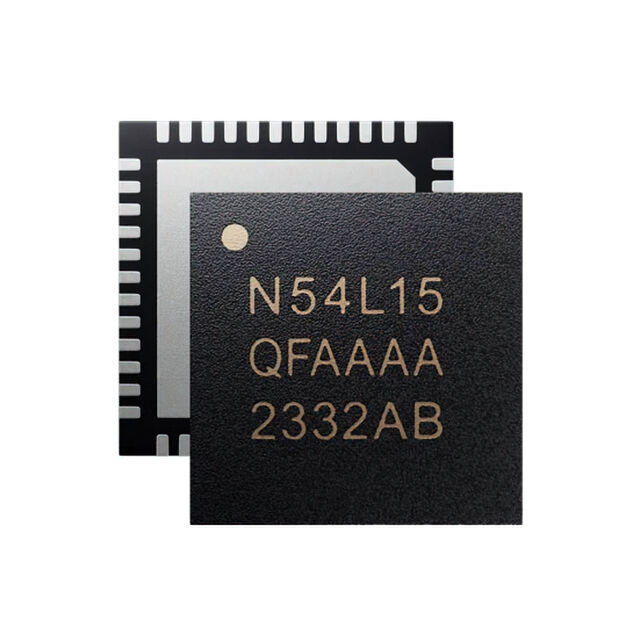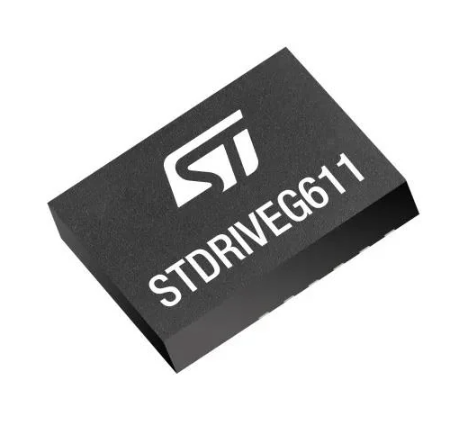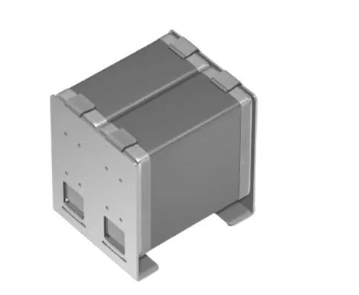The rise of diamond-based transistors: revolutionising high-power electronics
Diamond's properties include high thermal conductivity, exceptional carrier mobility, high voltage breakdown, among others, which render transistors that have the capability of operating at high temperatures, voltages, among others. Simultaneously, it also offers higher dissipation of heat and higher energy efficiency.
By Radhika Kalas, guest contributor
The rise in advancements related to techniques for diamond synthesis, such as MPCVD (Microwave Plasma CVD), is developing lab-grown diamond that acts as a potential resource for semiconductors. However, it also faces hurdles such as doping and large-scale production, but the growing advancements are showcasing immense opportunities over the forecast period. This technology is expected to showcase faster and stronger electronic devices, with its utilisation across diverse sectors, including high-power electronics.
What is a diamond-based transistor?
A diamond-based transistor is a semiconductor device that replaces conventional materials such as silicon with diamond as its core component, which functions as an amplifier and electrical switch. These transistors utilise the diamond's unique attributes, such as exceptional thermal conductivity, an ultra-wide bandgap, exceptional carrier mobility, and high voltage breakdown, among others, to gain prominent performance, primarily in high-power electronics. This allows diamond transistors to operate at higher frequencies and voltages while managing heat efficiently simultaneously. This leads to the opportunity for the development of faster, smaller, and stronger electronic circuits compared to their counterparts.
Why is a diamond-based transistor preferred in high power electronics?
Diamond-based transistors are rising as a preferred choice for high power electronics, which is a branch of electrical engineering focused on the control and conversion of electrical power, using solid-state devices such as transistors and diodes. It is favourable due to the advantages of diamond, such as its ultra-wide bandgap (UWBG) of 5.47 eV, larger than that of silicon (1.1 eV) and even other counterparts such as silicon carbide, gallium nitride, amongst others. This broad bandgap allows diamond semiconductors to showcase higher breakdown voltages, allowing them to operate reliably in high-power applications. This inherent capability to handle extreme voltages with less material is a significant advantage in designing compact and efficient high-power devices.
Furthermore, diamond's unparalleled thermal conductivity, approximately 20W/CmK, surpasses that of most other materials, including copper. In high-power-based electronics, the generation and efficient dissipation of heat are paramount concerns that directly impact device performance, reliability, and lifespan. Diamond's superior ability to conduct heat allows for its utilisation at elevated temperatures, safety, or performance of paramount importance. This efficient heat management potentially simplifies the need for complex cooling systems, leading to lighter power and compact electronic modules.
In addition to this, diamond transistors in high-power applications showcase a high breakdown of electric field. This is significantly higher than its counterparts, thus allowing diamond transistors to sustain stronger electric fields before failure. This high breakdown field alters the capacity to develop devices that are able to sustain high voltages while utilising less material, contributing to lower manufacturing costs in the long run.
Key innovations in the diamond-based transistor technology
One significant advancement is the diamond-based transistor technology called n-type doping of diamond. The major hurdle faced by diamond-based transistors was to achieve stable and efficient n-type conductivity. Recent advancements in diamond technology include new ways to make n-type diamond (using alkali metals or phosphorus) for MOSFETs. This is important for creating CMOS circuits that are able to handle tough conditions.
Additionally, there has been a growing focus on innovations in diamond synthesis and growth techniques. Methods like Microwave Plasma Chemical Vapor Deposition (MPCVD) and High Temperature (HPHT) are becoming increasingly preferred, showcasing better control over diamond quality, purity, among others.
Moreover, the continuing research into the quantum properties of diamond is expected to be lucrative in the future integration of diamond transistors with quantum technologies, potentially creating new pathways for advanced sensors and computing applications.
What are the challenges faced by diamond-based transistors in high power electronics?
Development of diamond-based transistor devices is complex, leading to an increase in development costs. In addition to this, factors such as diamonds' inertness and hardness are also contributing to the increasing cost. Innovative solutions are required for managing heat effectively in designs developed for these devices and ensuring their long-term reliability simultaneously. Furthermore, the current high cost and limited availability of semiconductor-grade diamond substrates act as a hurdle for scalable production.
Conclusion
Diamond-based transistors are gaining traction for high-power electronics due to the diamond's thermal conductivity, wide bandgap, and excellent carrier mobility, among others. These properties allow transistors to operate at higher temperatures, making them ideal for specific applications. Advancements in diamond synthesis techniques like MPCVD are supporting the production of lab-grown diamonds for semiconductors. Key innovations, especially in n-type doping for CMOS circuits and improved growth methods, are contributing to their preference. Challenges such as development complexity, cost, and the scalability of high-quality substrate production are focused on and are expected to be overcome through research and development. The potential for smaller, faster, and more robust electronic devices across diverse sectors, including integration with quantum technologies, is creating new pathways for diamond-based transistors in high power electronics.







